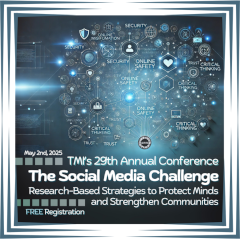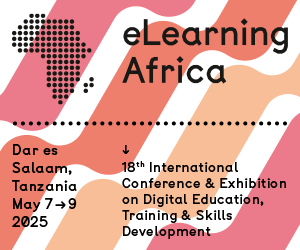A Kenyan Technical College's Experience
 Nairobi, April 2006 - The Kenya College of Communication and Technology (KCCT) boasts extensive experience in eLearning. John Walubengo, who will participate in the congress session "Building and Implementing Management Systems", describes the way of developing computer-based trainings at KCCT and his vision for the future.
Nairobi, April 2006 - The Kenya College of Communication and Technology (KCCT) boasts extensive experience in eLearning. John Walubengo, who will participate in the congress session "Building and Implementing Management Systems", describes the way of developing computer-based trainings at KCCT and his vision for the future.
When did the Kenya College of Communication Technology start to build an eLearning framework?
John Walubengo: KCCT - the Kenya College of Communications Technology- started offering server-based eLearning training in the year 2000. Our content was basic Microsoft Office packages such as Word, Windows, and Access provided through eLearning. However prior to that, in 1998, we had some courses on a CBT (Computer-Based Training) basis whereby course content was simply presented on a CD rather than through a server, and students would go through it on stand-alone workstations.
Currently, we are offering degree programs in conjunction with UFS (the University of Free State, S. Africa) and are exploring ways of converting our internally designed programs for the online platform using the KEWL.NEXTGEN Platform.
Which experiences have been collected and how are they used?
John Walubengo: I could cite a couple of experiences based on student, staff and administration perspectives:
1) Student experiences:
We realised that most students could not successfully transit from the traditional teaching mentality to the online teaching mentality. In other words, they kept on expecting to see a teacher in front of the class despite the fact that they actually did not need one in the traditional sense of training.
Intervention used: We had to make orientation sessions mandatory. These sessions tried to explain the differences in approaches the students would expect and hence pre-empt disappointments or transition hiccups.
2) Staff experiences:
We also realised that some lecturers could not adapt to the new ways of delivering content. They still insisted on having excessive face-to-face sessions, even when they were not necessary. They lecturers were having difficulties transiting from a teaching role to the online tutor role that is more appropriate to online training.
Intervention used: Staff also had to have an orientation that would bring them up to speed with the differences between the traditional and online modes of training and subsequently their role in the new online mode.
3) Administrative experiences:
We found that top management could not understand the need for facilitators to ensure the system's continuous availability, perform student account management, and provide general non-academic support for students. Management had the misconception that these facilitators were idle and should instead be deployed elsewhere.
Intervention used:
We had to keep reminding management that the facilitation role is actually very involved and sufficiently engaging, and therefore would not allow the facilitator to remain idle.
What is the current 'state of the art' in eLearning practise in Kenya?
John Walubengo: At the moment, I would say we have three key variations of eLearning delivery. The first one is where organisations procure eLearning services that are proprietary. In this mode, the content is pre-determined and fixed in that the user cannot change or add new materials.
The second is where the delivery platform is proprietary but with the flexibility of changing or adding course materials being offered to the organisation. This would include commercial platforms such as BlackBoard, WebCT, etc.
The final one that Kenyans are beginning to explore and use seriously are the open-source platforms, such as Moodle, KWEL.NEXTGEN, etc. They offer the same features as the commercial platforms but are free.
Please give us a brief vision of the future of eLearning at your college.
John Walubengo: Our vision is to have an eLearning platform that would enable our traditional courses to be offered across the region. We are seriously working on getting the KEWL.NEXTGEN platform up and running for this purpose. It is a big challenge in that whereas the technical aspects of getting the platform running are straightforward, translating the wealth of training experience held by our lectures into an online platform is quite a complicated process.
In addition, there is the pre-requisite of building a formidable team of online course developers, tutors, and facilitators necessary for the successful delivery of online training. We feel confident, though, that all these challenges will eventually be overcome.










